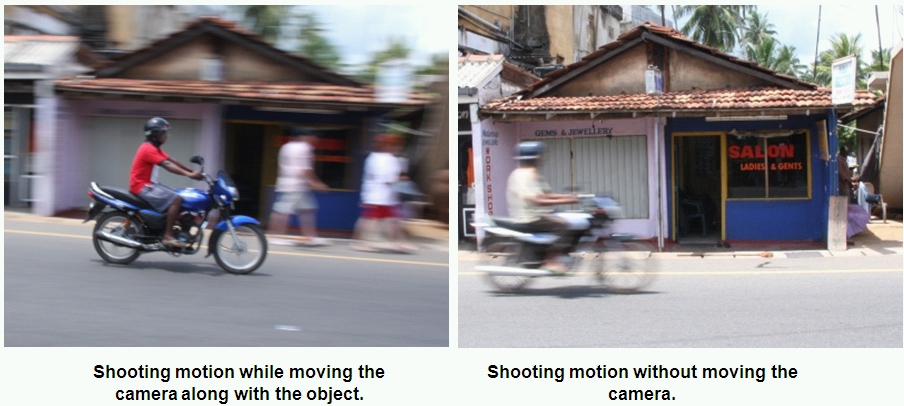Motion photography: learn how to create motion blur or freeze a horse in mid air
Non-professional photographers find motion photography challenging. The photos come out looking blurrier than they would have wanted, or the exact opposite happens – they can’t even tell that their kid was actually running when they took the photo.
So how do you capture the essence of motion you see with the human eye with a camera that takes still photos? What are the secrets of motion photography? What’s the best way to take pictures out of a car or a speeding train?

The first rule of motion photography – figure out what you want to illustrate


The two sides of motion photography
- If you want your object blurry – hold the camera steady.
- If you want the background blurry – move the camera (pan) along with your object.

Common uses for motion photography
The most common situations in which you will want to use the techniques we discussed above are:- Sports photography – sports photographers usually use fast shutter speeds to make sure they capture and freeze the moment of the jump, goal kick, or pass.
- Shooting water and waterfalls – for this application you should choose a slow speed to create a smoothing effect of the flowing water; unless you want to capture the crisp detail of every drop that’s splashing when your kid jumps into a lake.
- Night shots – you’ve probably seen photos of cars’ headlights drawing red lines along a highway in a city night shot. Because of the low light levels, you almost always need to shoot at slow speeds at night time, which means that you are likely to capture some movement in your night shots. This is not the case if you are doing close up shots with a flash (though that technique can still show movement).
- Pretty much anything else – there are so many opportunities to find and capture motion. Be creative and give it a try!
Capturing motion in different situations:

Some considerations for motion photography
- If you choose a fast shutter speed, the camera will match it with a smaller f-stop. This will reduce your depth of field. In simple terms, only the area that’s in focus will be sharp and other areas in the photo might come out blurry. Read more about these topics in other articles on our website.
- Using the flash – shooting with slow shutter speeds can create all kinds of effects in motion photography. The flash works for a very brief moment and only lights objects that are near. You can use a slow shutter speed to capture the motion and background and add the flash to accentuate any closer objects and reduce any motion blur (since the object got most of its light exposure in the split second the flash worked). You should really experiment with how your camera will handle the shutter speeds you choose, and how the final photo will look.
- Drive-by-shooting – taking photos from a moving vehicle is especially difficult. The background usually ends up being too blurry and nothing comes out clear. Stopping the vehicle is not always an option (Do NOT pull the emergency break in trains! You might end up at the police station explaining about shutter speeds to the officer). One way of dealing with this is choosing a high shutter speed hoping that the aperture will be able to compensate for that (you can also increase the ISO). Another solution would be to move your hand as fast as the vehicle you’re in so that the camera is relatively steady. Taking both these tips into consideration might help you take good shots while in a moving vehicle.